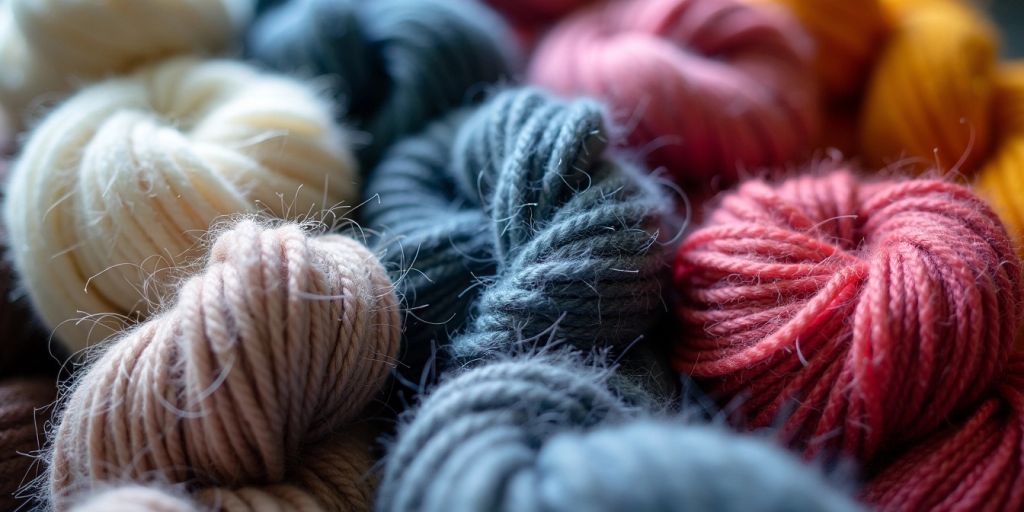What Material Is Cashmere? Understanding Its Unique Characteristics and Uses
What Material Is Cashmere? Understanding Its Unique Characteristics and Uses
Blog Article
Understanding the Various Types of Cashmere a Natural Fiber and Their Unique Benefits

The Origins of Cashmere: A Historic Overview
While the elegant touch of cashmere proceeds to charm contemporary consumers, its origins map back to the extreme, cold environments of Mongolia and the Mountain ranges. For centuries, the native peoples of these regions have actually been elevating Capra Hircus goats, the prime source of cashmere woollen. These goats, resilient versus the extreme winters months, grew a fine undercoat to endure, which later became recognized as cashmere. The name itself admires Kashmir, a region in India where the woollen was at first processed. Much of the very early cashmere profession path was facilitated by the Silk Roadway, linking Asia with the Center East and Europe. In spite of its worldwide spread, the finest cashmere is still believed to originate from the original areas of Mongolia and the Himalayas.

The Production Refine: From Goat to Garment
Shearing a Capra Hircus goat notes the beginning of the detailed cashmere production procedure. The resultant raw cashmere is then cleaned to get rid of impurities such as dirt, oil, and vegetable matter.
The clean fiber undergoes dyeing, rotating, and weaving, or knitting, to change it into a textile. Complex treatments such as quality assurance checks and ending up procedures adhere to, ensuring the end product maintains the glamorous criterion expected of cashmere. This painstaking procedure, from goat to garment, justifies the high expense affixed to cashmere items, making them an icon of luxury and refinement.
The Numerous Types of Cashmere: A Comprehensive Analysis

The Distinct Benefits of Cashmere: Convenience and Sustainability
Moving from the selection of cashmere kinds to the advantages they supply, comfort and sustainability stand out plainly. Cashmere, an all-natural fiber, is renowned for its unequaled soft qualities, offering a degree of convenience that synthetic fibers can not match.
When it comes to sustainability, cashmere is eco-friendly and naturally degradable, as it's harvested from cashmere goats who regrow their layers every year. what is cashmere. Unlike synthetic fibers which can take hundreds of years to decay, cashmere's influence on the environment is marginal. This combination of comfort and sustainability makes cashmere an advantageous option for aware consumers

Caring for Your Cashmere: Upkeep and Preservation Tips
While cashmere is unquestionably a sustainable and lavish choice, it needs certain care to maintain its high quality and expand its life-span. To begin, cashmere must be hand cleaned utilizing chilly water and a mild cleaning agent. Stay clear of wringing the garment or twisting as it can damage the fibers. Rather, gently squeeze out excess water and lay it level on a towel to completely dry. Cashmere products should be saved in a awesome and dry location, away from direct sunlight and moisture. Making use of moth repellents can safeguard these garments from possible damages. It's advisable to stay clear of hanging cashmere to prevent stretching. Instead, fold and store them appropriately to preserve their shape and quality in time.
Investing in Cashmere: Understanding Its Value and Well Worth
Although cashmere might originally feel like a costly investment, its long-term worth and worth come to be apparent when you consider its impressive top qualities. Known for its unequaled soft qualities and warmth, cashmere is a costs natural fiber that outmatches various other materials. Its high demand and minimal supply add to its high cost, but its durability guarantees it lasts for several years, using outstanding value for cash. Cashmere pieces are classic, commonly ending up being heirlooms gave through generations. what is see this website cashmere. Its all-natural insulating properties supply warmth without the mass of synthetic fibers. Buying cashmere, for that reason, is not almost existing fashion fads, however concerning accepting a lasting, lasting, and luxurious way of life.
Verdict
In see this page recap, the kind of cashmere one selects, be it Mongolian, Chinese, or Italian, is dictated by individual preferences for heat, sustainability, luxury, and spending plan. Recognizing the origins, production procedure, and one-of-a-kind advantages of different kinds of cashmere can assist consumers in their investment in this lavish all-natural fiber.
Whether it's the outstanding warmth of Mongolian cashmere, the affordability of Chinese cashmere, or the eco-conscious manufacturing of Italian cashmere, there's a story to be uncovered behind each fiber kind. Cashmere, a natural fiber, is renowned for its unparalleled soft qualities, supplying a level of convenience that synthetic fibers can not match.When it comes to sustainability, cashmere is naturally degradable and renewable, as it's harvested from cashmere goats that regrow their coats every year. Known for its unparalleled gentleness and warmth, cashmere is a premium all-natural fiber that exceeds various other materials. Recognizing the origins, manufacturing process, and unique advantages of different types of cashmere additional resources can guide consumers in their financial investment in this extravagant natural fiber.
Report this page